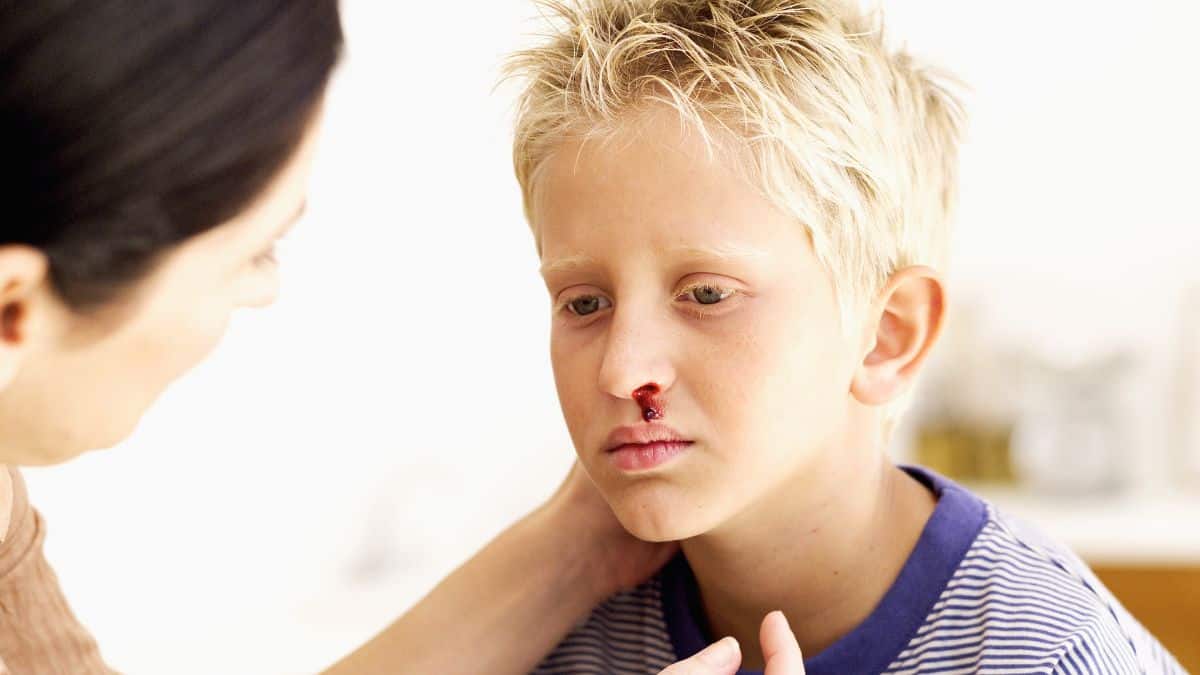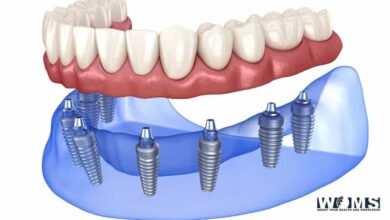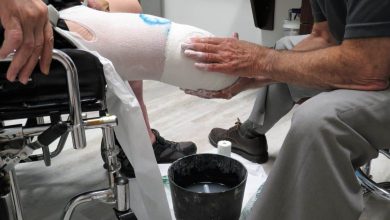Nosebleeds in Children – When To Seek Medical Attention Before It Becomes Detrimental?

Nosebleeds in children are common, mostly in dry weather after nose-picking. But, these nosebleeds are generally short-lived.
Persistent bleeding needs medical attention as early as possible. In technical terms, a nosebleed is referred to as epistaxis, and more than 50 percent of people experience nose bleeding during their lifetime.
So let’s see when a child starts nosebleeds, what to do at home and when to call for medical help!
Immediate Management at Home
Keep your nerves under control if your child starts to bleed from the nose because most nose bleeds stop after a short period. Here is what you should do instantly at home:
- Sit down the child and reassure them that it is not a big problem. Make sure the child is leaning forwards while sitting.
- Do not let the child lie down or bend backward because that can cause blood to swallow up, which can cause coughing and vomiting.
- Take a clean towel or cloth and pinch the anterior fleshy part of the nose such that the anterior nares are closed off completely.
- Tell the child to breathe from the mouth.
- Keep the pressure on for the next 20 minutes even if the bleeding stóps.
- Avoid stuffing the nose with tissue or gauze, and do not spray anything into the nose.
In medical terms, this method is known as Trotter’s Method.
Seek Medical Attention
In the following circumstances of nose bleeds, you must see a doctor:
- Occurs regularly
- Change in pattern of nosebleed
- Other symptoms like congestion are present
- Due to a medication
Immediate Professional Help
A nose bleed is a medical emergency in the following cases:
- If the bleeding does not stop by applying pressure for 20 mins.
- It is the result of an injury or fracture.
- Headache, fever, or other symptoms are accompanied by it
- Broken or misshapen nose
- Loss of too much blood
- Blood cough and vomit
- The child has a bleeding disorder
Emergency Medical Management of Epistaxis
- Admit the patient and administer IV.
- Check BP, frequency of blood loss, the location of bleeding, history of bleeding tendency, and family history.
- If the location of bleeding is apparent, use chemical or electrical cauterization. In chemical cauterization, a bead of silver nitrate is used.
- If the exact bleeding location is unknown, anterior nasal packing is done with a gauze.
- If the patient is bleeding posteriorly into the throat, posterior nasal packing is also done.
- The bleeding point can be located by endoscope under general anesthesia.
- If there is no other way of stopping the blood, the ligation of the artery involved in epistaxis is done.
- Tranexamic acid is also used to stop bleeding in case of nasal hemorrhage.
NOTE: All medications are produced in a controlled environment in pharmaceutical companies should only be used if prescribed by a health professional.
Prevention of Nosebleeds in Children
Preventing all nosebleeds in children is impossible. But, steps can be taken to minimize the occurrence.
- Treat allergies
- Keep the nose moist with saline sprays
- Use a humidifier in the room
- Keep nails trimmed to prevent nose-picking bleeds
- Wear protecting equipment during sports.
Takeaway:
Nosebleeds in children are common and you don’t need to panic seeing them but be sure to take immediate action as bleeding should be taken care of as soon as possible.
Persistent bleeding needs medical attention as early as possible. More than 50 percent of people experience nose bleeding during their lifetime.
You can take home remedies for the stoppage of bleeding or seek medical attention from a medical practitioner as soon as possible.
As children are notorious so, you trim their nails and look out for allergies causing them.




